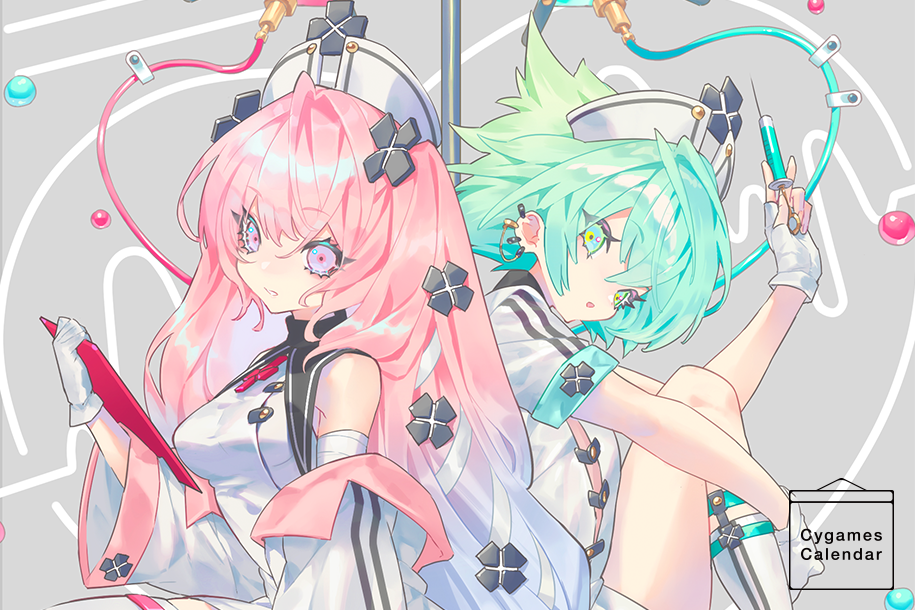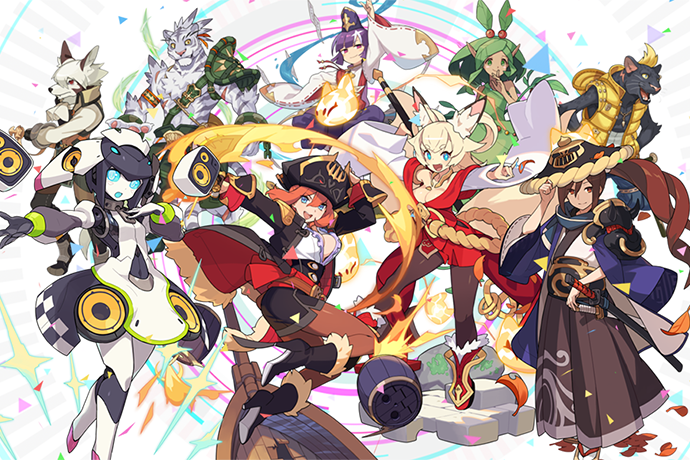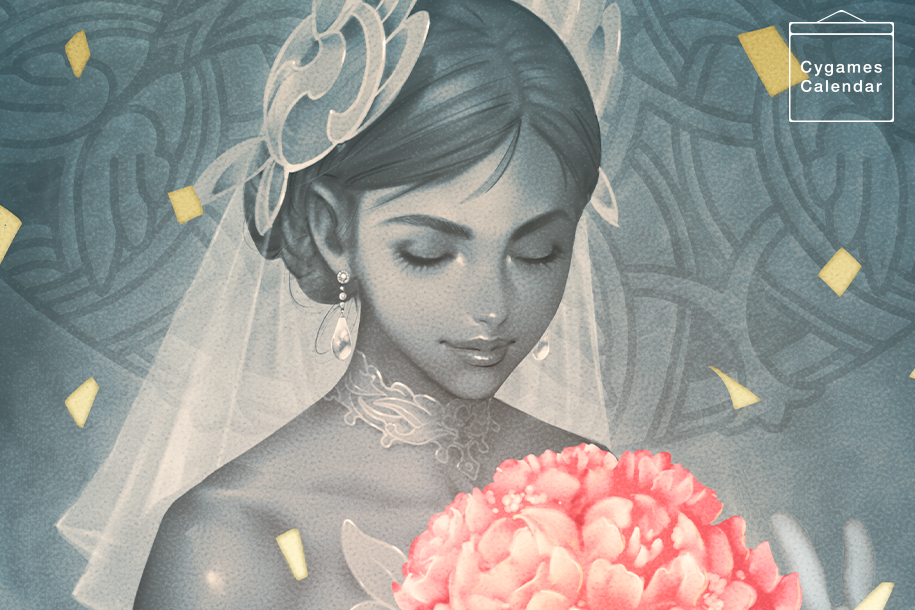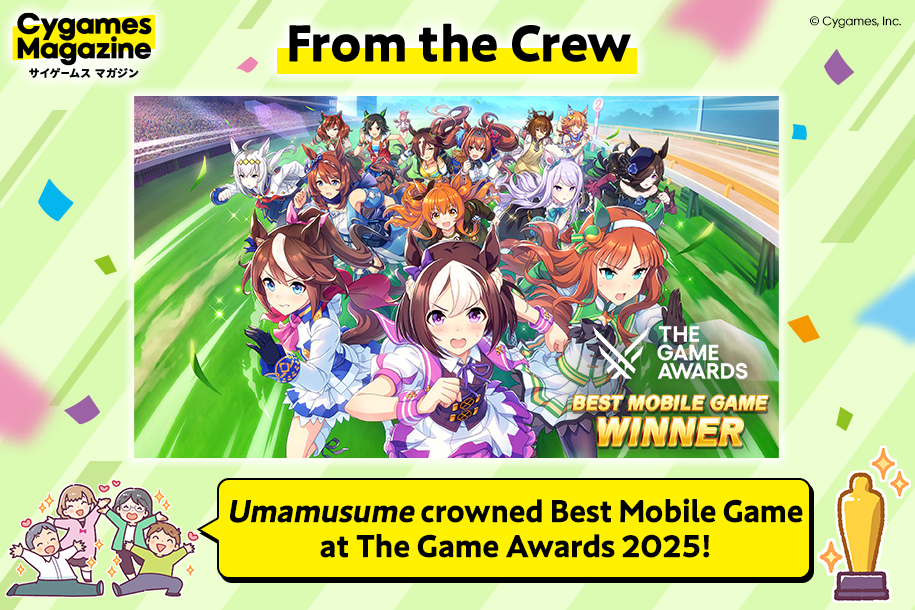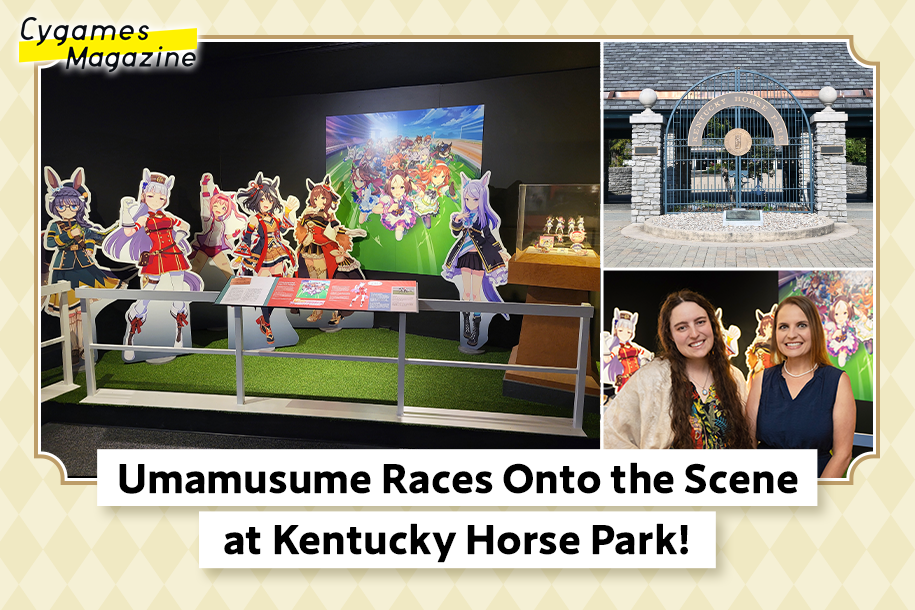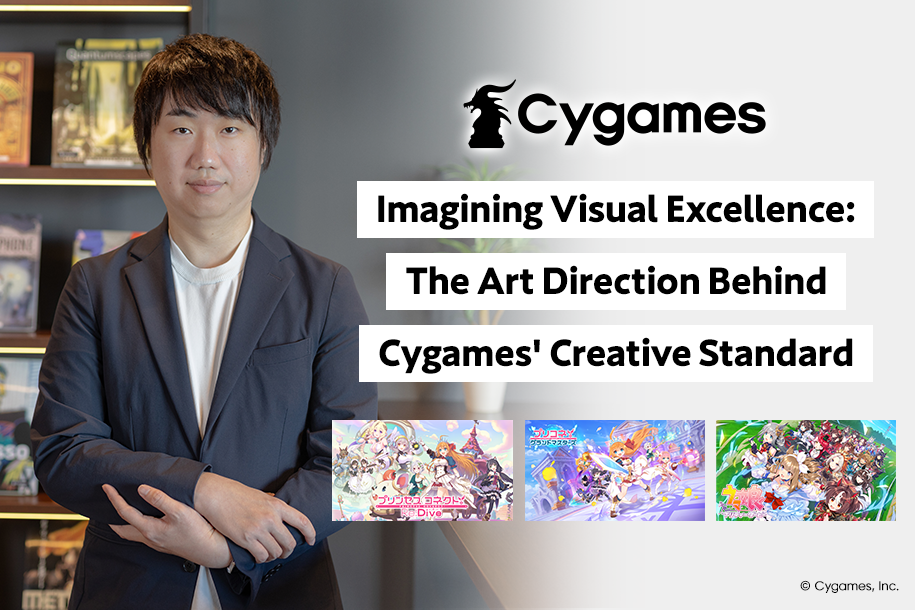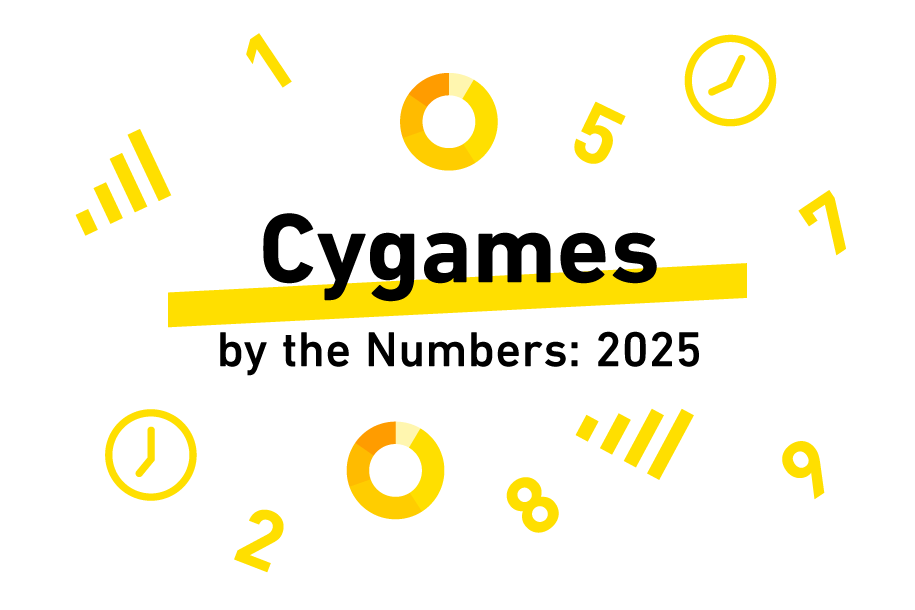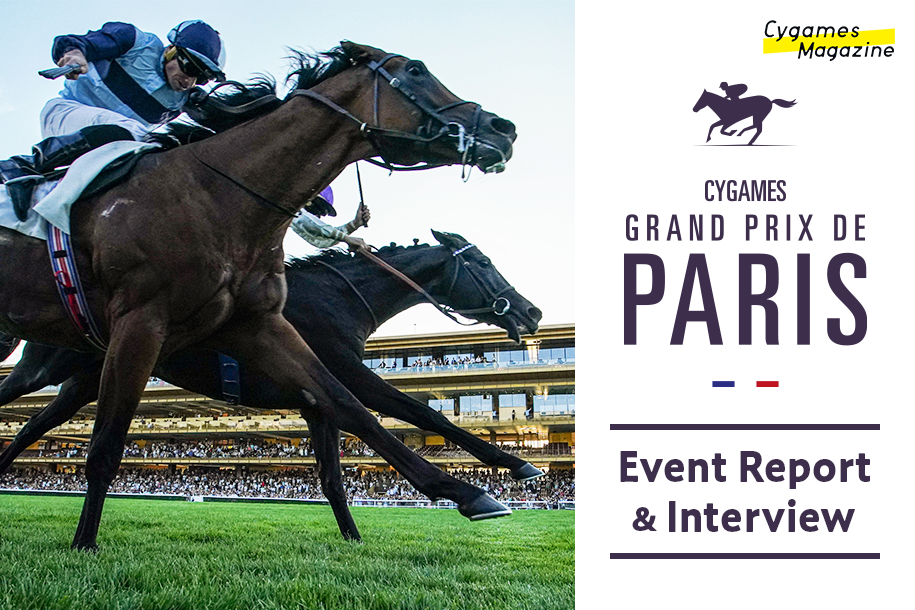The Latest Cygames Title! What Makes World Flipper so Fun to Play?
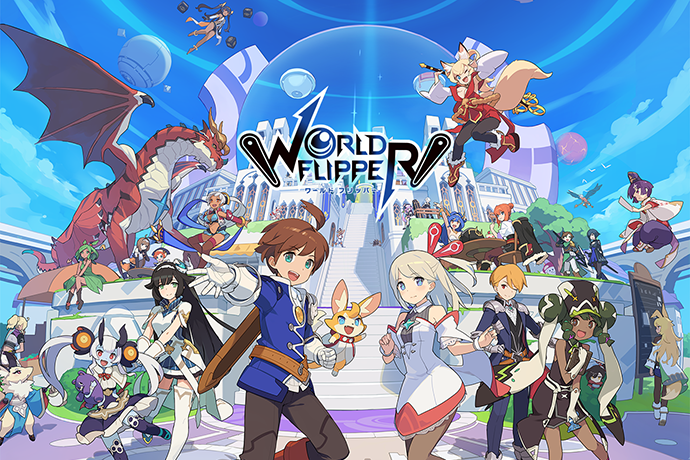
World Flipper (site available in Japanese only), Cygames’s latest title, was released on November 27.
You might have already guessed it from the game’s slogan—“Nonstop body-slamming action”—but this is an exhilarating action game where you tap characters to make them slam into enemies.
Today’s interview is with a member of the development team at Citail, a Cygames subsidiary and co-developer of the game, who’ll tell us all about the obsessive details that went into making World Flipper, as well as why the game is so much fun for users to play!
What is World Flipper?
World Flipper is a game co-developed by Cygames and Citail. It’s an action game where you control characters and slam them into enemies to defeat them.
The adventure story follows the protagonist and friends as they travel many worlds, each unique in their own way and depicted using richly imaginative artwork and detailed pixel animation.
Let’s also not forget about the whopping twenty-one popular musical artists who worked on the game’s soundtrack, making it a must-listen!
World Flipper has been released! What first made you want to create this game?
World Flipper was actually first made as a mini-game.
You had to fulfill certain conditions in a castle town so you could visit this king. When you spoke with him, he would request that you defeat some monsters, and from there you went out to hunt them. It was an action game. The idea for the current World Flipper’s tutorial comes from this.
We thought about this a lot, but we decided that it wouldn’t be a mini-game, but something much, much bigger. We then began making a new demo.
Initially, in the demo, the left and right flippers moved independently, while swiping allowed you to shake the stage you saw on screen.
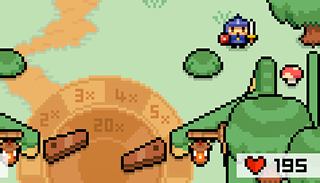
When people who were new to this kind of gameplay tried the demo, they told us it was extremely difficult to play. That’s when we decided to have both flippers move simultaneously, and to change shaking to dashing*.
*Dashing
One of the game mechanics in World Flipper, where players can tap the screen while a character is in the air after being hit by the flippers to change their trajectory and attack a nearby enemy.
So the initial setup was progressively tweaked until it became what it is today. People are abuzz with how the game’s systems and pixel art are nostalgic. Is that something you deliberately focused on?
People who’ve played the game have often said that it contains nostalgic motifs, but honestly, we didn’t set out to make it that way intentionally.
Though the game’s system draws on pinball as a motif, much trial and error has brought us to a point where the game is significantly different from that of pinball.
Flippers that are this long would normally create differences in speed between the tip and the base, and you can’t send the ball flying to the right using the right flipper. So, traditional pinball lovers may not see this game as pinball.
That’s something we accepted as we reached the game’s current state of balance, though. We’ve fine-tuned the game’s unique controls so that players can enjoy World Flipper as an action game while still preserving the feeling you get when playing actual pinball.
Why did you decide to use pixel art instead of 3D graphics?
World Flipper is a game that moves very fast, so making it with 3D characters means it’d be very hard to tell what’s happening on the screen. We thought that the simple and cute nature of pixel art is what works best for this game.
We also clearly set out illustration guidelines for pixel art so that we could get the most from its simplicity.

While highly detailed pixel art is beautiful, depicting characters in a simple way requires a different approach. That’s why the pixel art in World Flipper intentionally retains a sense of simplicity, making use of modern pixel art design and cel shading with outlines, often seen in overseas indie games.
Stages also intentionally ignore angle of view and perspective. By doing this, not only does it look like you’re moving forward as you’re victorious in battle screen stages, it also makes it look as though you’re climbing upwards. We think that while these kinds of visual expressions can easily feel off when depicted in 3D, using pixel art has made them possible.
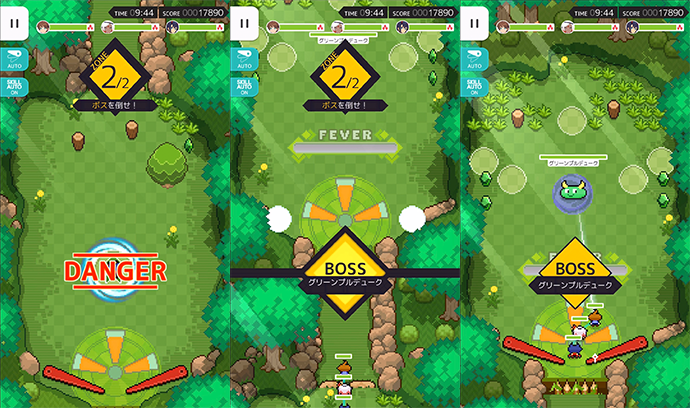
It was striking how pixel animation was used not only in the main stages, but also in story scenes. Was there something you had in mind when creating these story scenes?
One reason we incorporated pixel art into the story was so that we could express the relationships between characters through motion alone. Being able to depict actions not necessarily through words but by having characters turn around, approach gradually, hide behind others, and more, we were able to open up a whole new world of expression. This made it possible for us to more fully express the world of the game.
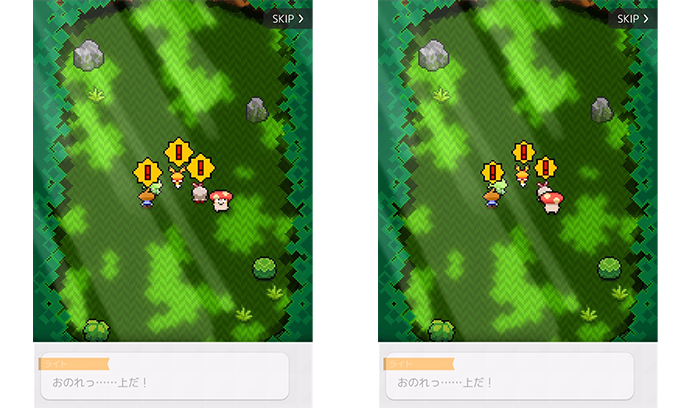
Though Kino may sometimes fight valiantly to protect Charua, Kino is also depicted as a comical character who may sneak behind someone to hide.
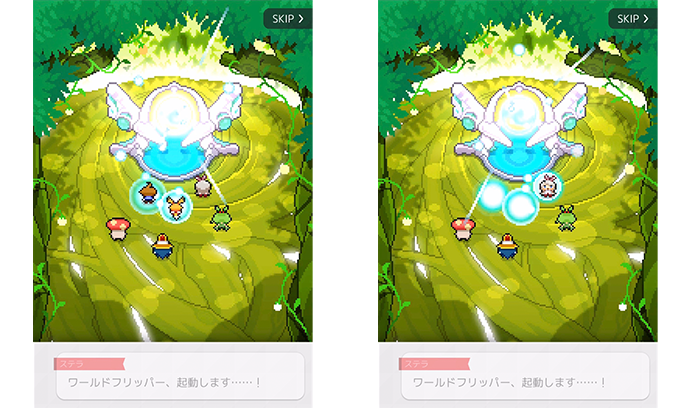
As they part ways, only Stella turns to look back at Charua.
So while the pixel art may look simple at first, it’s actually full of tiny details! Is there anything you gave special attention to while designing the game’s mechanics?
We made it so that players had as few actions forced upon them as possible during the tutorial. Specifically, party formation is not covered in the tutorial.
As World Flipper is also an action game, we thought that some people who just started playing might be confused if the game suddenly recommends they put together a party.
That’s why players who want to proceed to party formation can do so immediately after the tutorial, but players who don’t open the party formation screen have a party automatically formed during quests.
We were careful to make sure the game’s mechanics didn’t get in the way for players who wanted to play an action game first and foremost. For example, characters who participate in battles are automatically leveled up.
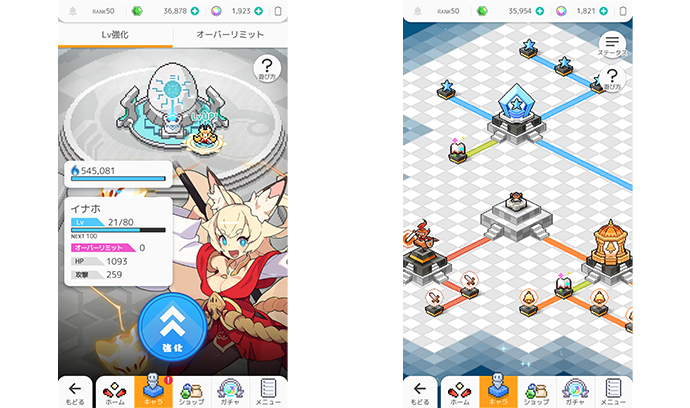
So both experienced gamers and casual players can start playing the game without feeling any stress.
We’ve included a diverse range of ways players can enjoy the game. For example, players can experiment with the Unison** feature, which relies on card-game like combinations.
**Unison
An ability that allows you to do things like boost a main character’s HP or attack by combining them with other characters. Their skills can activate at the same time, or the main character also has the ability to activate skill effects by themselves.
As for the story, the main quest is updated every week. This seems like a rather fast pace. What is your intention here?
We’re updating the game so that we can give players fun new experiences bit by bit each week, in part because not much time has passed since the game’s release.
We plan on making updates at this pace until we begin holding story events, so we’d like players to enjoy the game like it’s a weekly serialized manga for the time being.
Finally, please tell us what’s coming next for World Flipper!
What comes next in the story is still a secret, but we’ll be making some great stuff. I hope players keep looking forward to it.
We want to add characters that’ll make players think about how they build their parties, have boss fights at various difficulty levels, and other elements that will lead to a wide range of players enjoying the game.
I hope you keep on enjoying the world of World Flipper!
You can find the website for World Flipper here (site available in Japanese only)!



